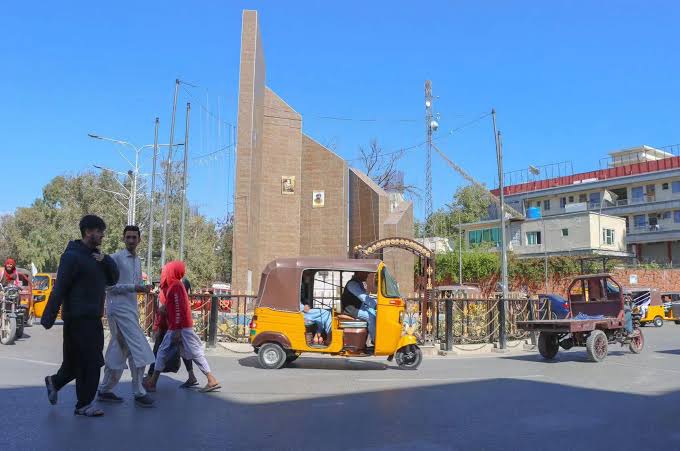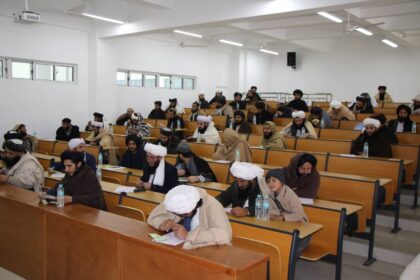RASC News Agency: In a deeply alarming trend that underscores the psychological and economic despair gripping Afghanistan’s younger generation, local sources in Nangarhar province have reported the suicide of a 23-year-old man in the Surkhrod district. The incident occurred on Sunday, June 29, when the young man reportedly ended his life by hanging. Sayed Tayyib Hamad, spokesperson for the Taliban’s police command in Nangarhar, confirmed the incident, stating that the deceased suffered from drug addiction and mental health disorders. However, no further details were provided, and the official response lacked any reference to broader systemic issues affecting youth across the country.
Just a day earlier, in a separate but similarly tragic event, local sources in Kandahar confirmed the suicide of a 24-year-old man identified as Fida Mohammad. According to family accounts, he had recently graduated from twelfth grade and had been searching for employment for three months. Facing a dead-end job market, crushing poverty, and no prospects for the future, he succumbed to despair. Prior to his death, Fida Mohammad reportedly posted a photograph and farewell message on his Facebook account. Seven hours later, he was found dead, having hanged himself. Despite the emotional and social implications of the tragedy, Taliban authorities in Kandahar have so far offered no comment.
These two suicides occurring within the span of just 48 hours serve as a grim reminder of a growing mental health emergency in Afghanistan. Mental health professionals, where still accessible, point to a devastating nexus of chronic unemployment, drug addiction, poverty, emotional isolation, and the collapse of social support systems as primary drivers behind the rising suicide rate. Under Taliban rule, Afghanistan’s already fragile mental health infrastructure has deteriorated further. The regime has done little to acknowledge or address the crisis. Mental health remains heavily stigmatized, while support services are practically nonexistent, especially outside major urban areas. The Taliban’s hardline focus on authoritarian control and ideological enforcement has diverted attention and resources from essential public health sectors leaving a generation adrift.
Although there are no comprehensive nationwide statistics on suicide rates, local reports indicate a consistent and disturbing rise, particularly among Afghanistani youth. Many in this generation, born into conflict and raised in uncertainty, now find themselves in a country stripped of opportunity, freedoms, and hope. In the absence of state support and community-based mental health resources, death is becoming, for some, the final protest against a system that has abandoned them.






